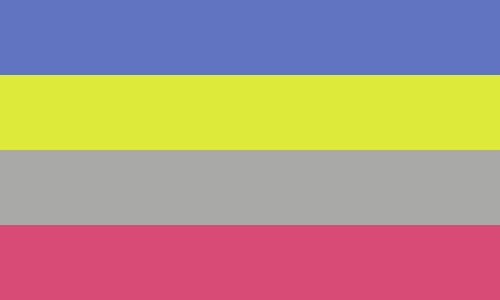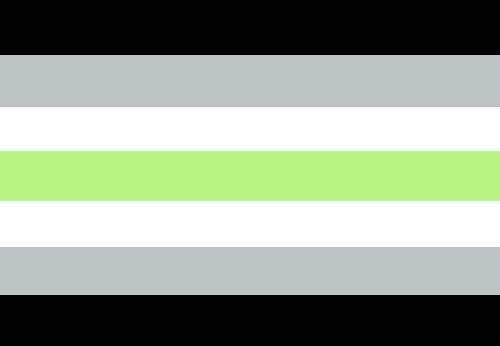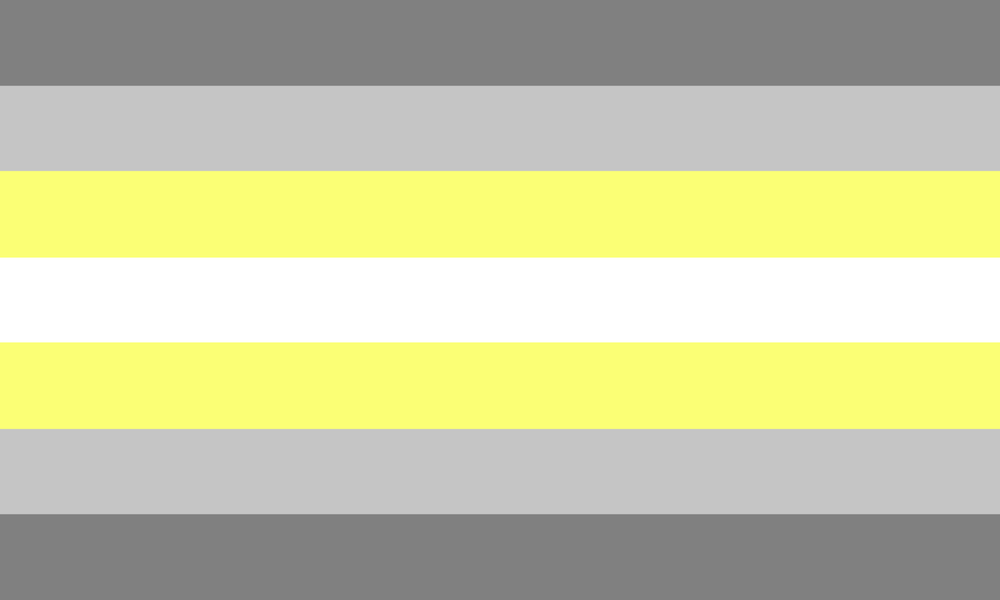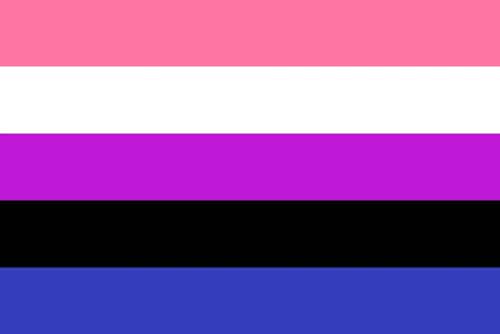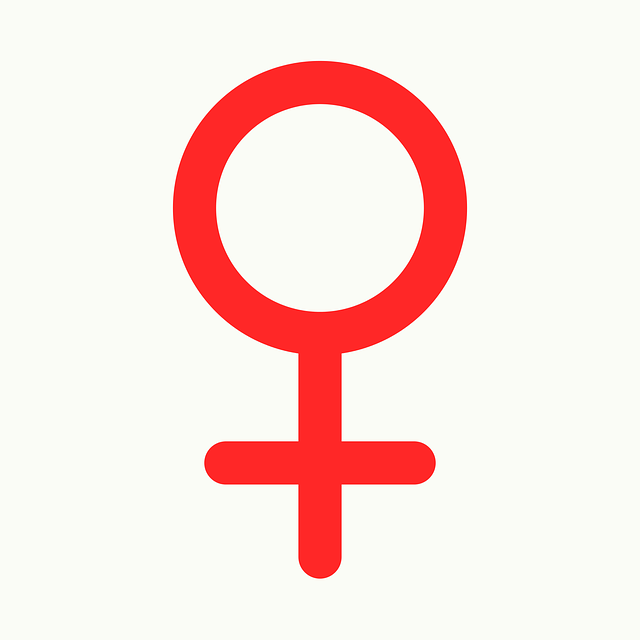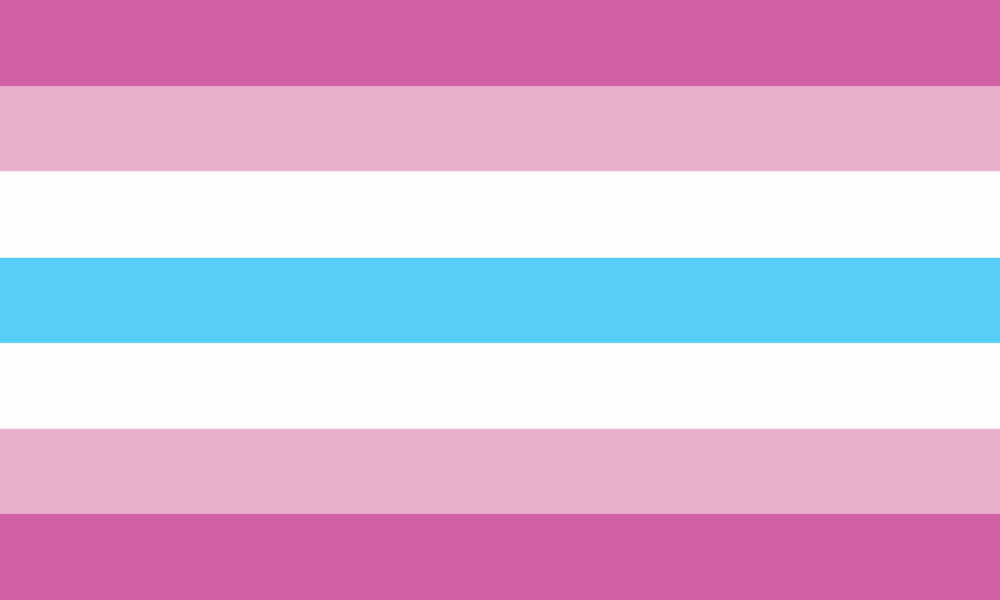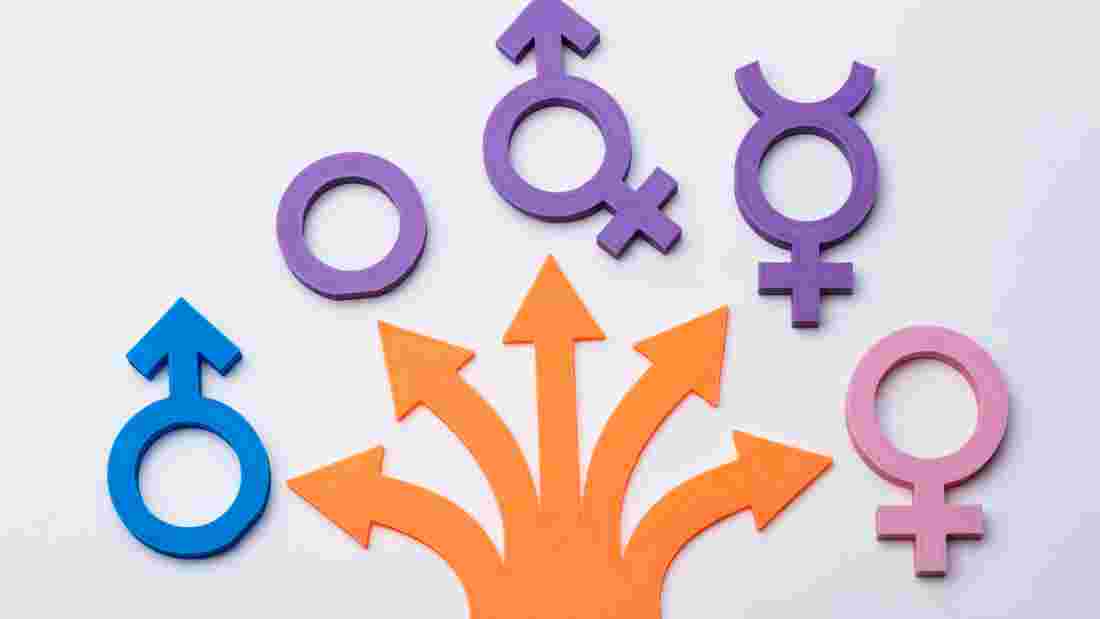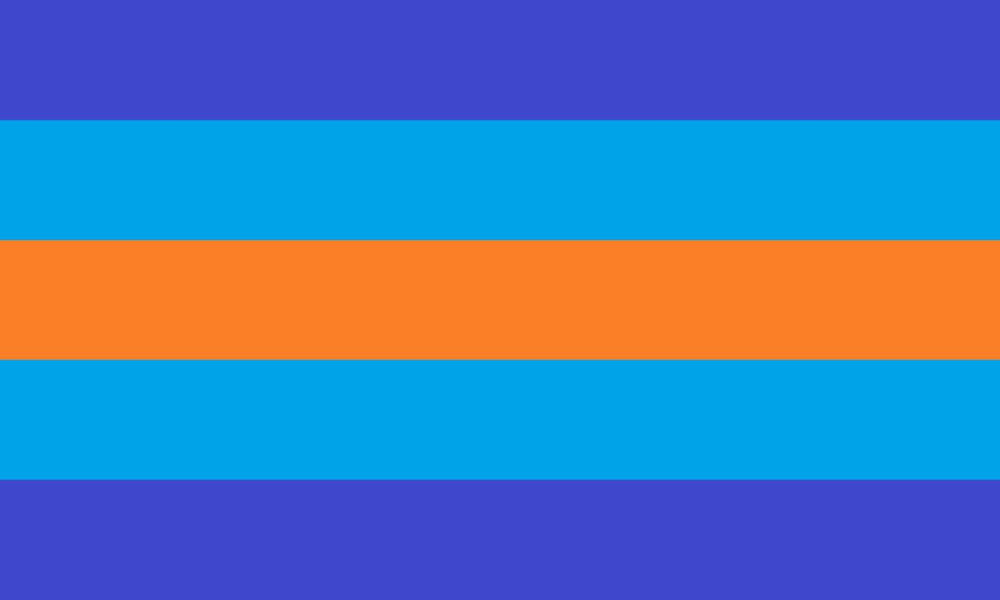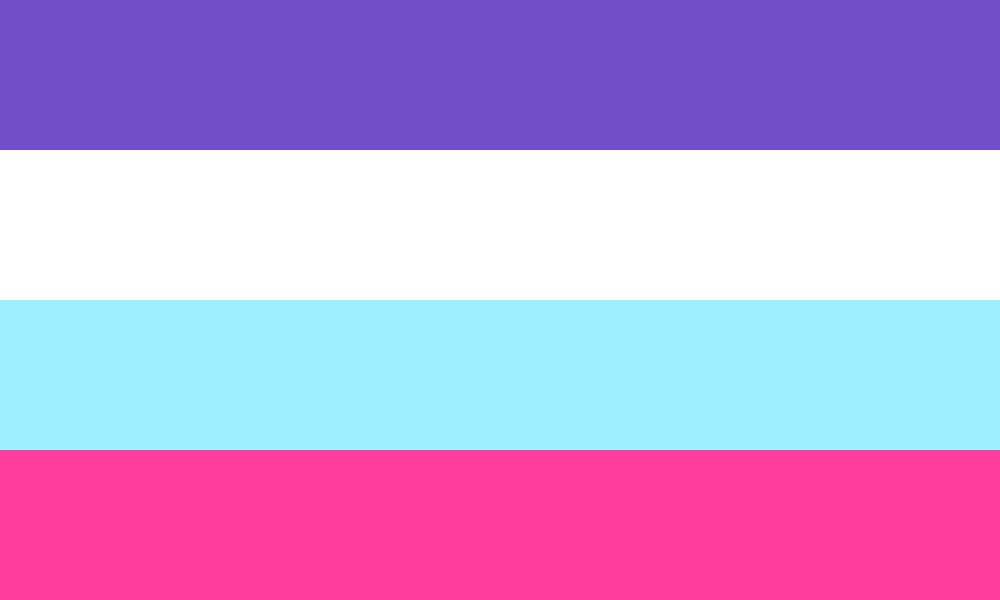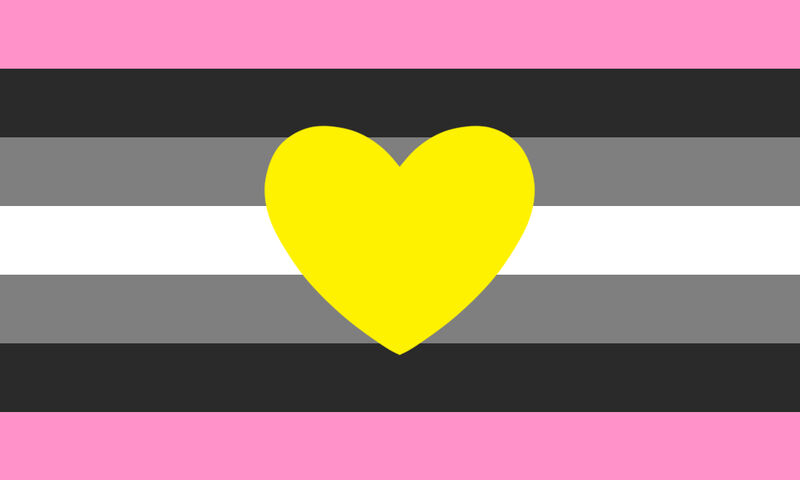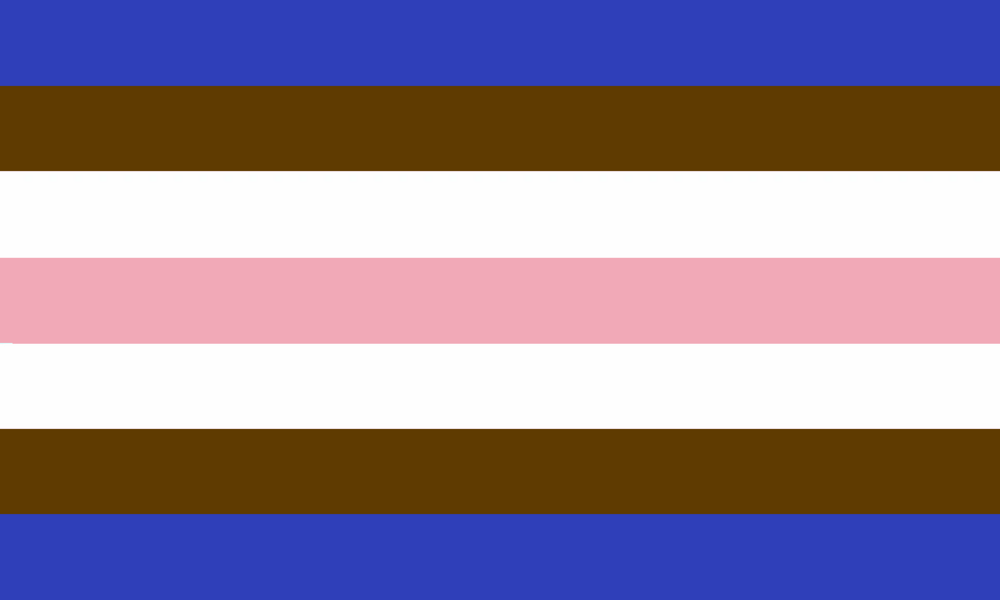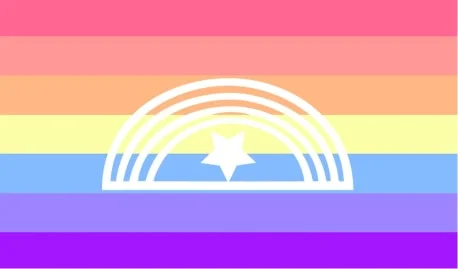Gender and Sex
Gender refers to how one relates to the gender categories within one’s society and culture. One’s gender is built from many different aspects, including gender identity, gender presentation (also referred to as gender expression), gender quality, gender alignment, and gender modality.
All societies have a set of gender categories, each with their own cultural norms and expectations, which are typically based on a division of labor. In most Western societies, there is a gender binary, meaning two recognized genders (male/men and female/women), and those who exist outside these categories fall under the umbrella terms non-binary or genderqueer. Some societies have gender categories other than men and women, such as the hijras of South Asia. These are often referred to as third genders (and fourth genders, etc.).




